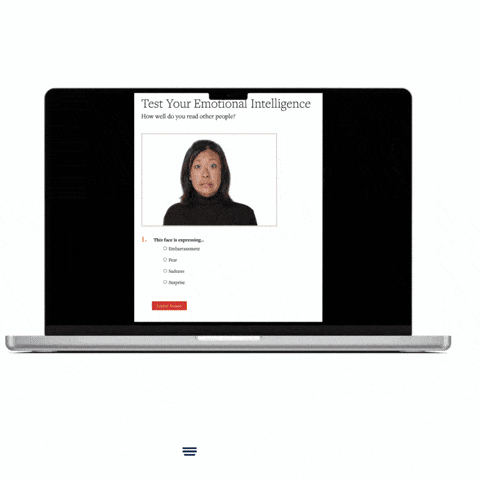In our Survival Boot Camp workshop, we delve into the art of dealing with difficult people, with a particular emphasis on empathetic listening. However, what about body language and positioning? Can they offer solutions to handling tricky situations, such as addressing an irate resident? The answer is a resounding yes, and here’s how.
My personal journey into mastering this skill began during my tenure at a distressed property in receivership. Receivership is a situation where a bank holds onto a property until a suitable buyer is found. In our case, this meant grappling with numerous issues and an empty budget for improvements.
Multiple times a day, furious residents stormed into our office, demanding to speak to the manager about the dismal state of their apartments. The usual scenario was a resident angrily shouting at our manager, who responded in kind. The tension escalated, and the result was a battle of decibels. Threats of involving the police were thrown around, but every time, the resident left with simmering anger.
It became evident that confronting aggression with aggression only fueled the fire, leading to heightened frustration and no resolution. This cycle repeated itself until the day our assistant manager stepped in, seemingly like a calming presence from a fairytale.
Our assistant manager had a unique approach: she greeted the irrate residents with politeness and a calm demeanor. She politely invited them into her office, positioned herself next to them (not across a desk), and engaged in a calm conversation. After about five minutes, the residents would leave, their anger dissipated. Intrigued, we questioned our assistant manager about her technique.
She explained, “I didn’t say much; I simply apologized when they were done talking and then clarified the property’s situation.” The transformation in the resident’s demeanor was attributed to this shift in body language and positioning.
By remaining composed and courteous, she compelled the resident to meet her at that level. By listening attentively without formulating immediate responses, she made them feel heard. Sitting next to them conveyed solidarity, as opposed to the traditional barrier created when sitting across from someone. Finally, moving the conversation off the public floor removed any spectators, reminding people of office etiquette, and allowed for a more private, less intimidating atmosphere.
This anecdote underscores the power of reading body language cues and adapting your own body language to defuse a tense situation. It’s a valuable skill that can be instrumental in various contexts, not just property management. Whether you’re in sales or customer service, knowing how to ease someone’s agitation through your body language can be a game-changer.
The ability to handle challenging individuals isn’t solely about what you say but also how you say it and where you say it. By paying attention to body language and positioning, you can make a significant difference in resolving disputes and creating a more harmonious environment. So, let’s harness this skill for effective communication and conflict resolution.
How well can you read people?
Ready to see how? Check out this FREE EQ Quiz from Berkley.




